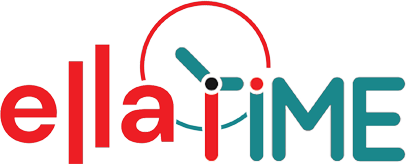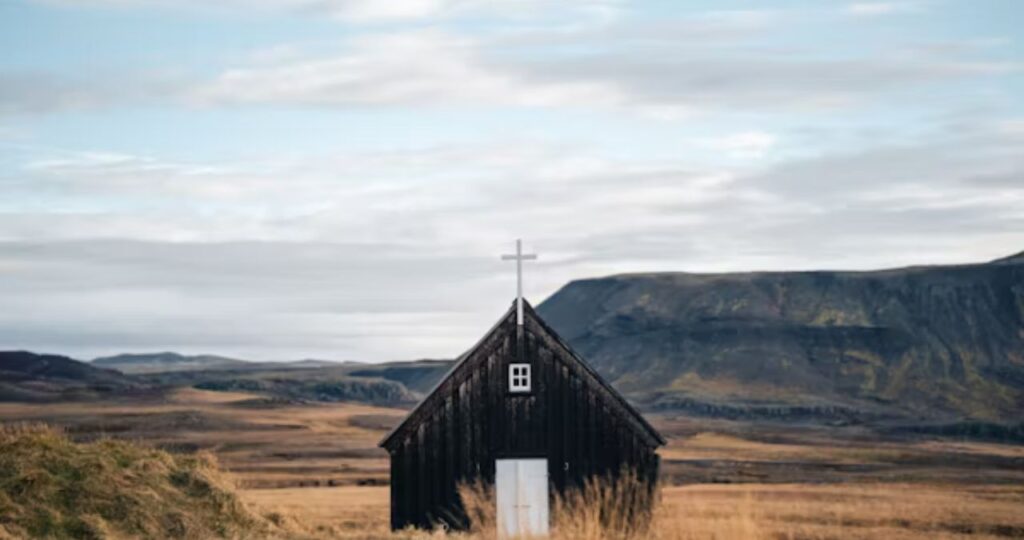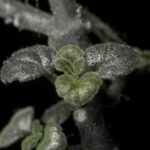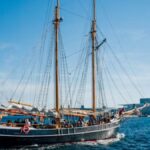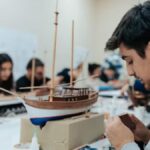The remote Swedish island of Aurö might seem like an unlikely place for cutting-edge environmental research. With a population that barely reaches double digits and a landscape shaped by ancient glacial activity, this small Baltic Sea outpost has quietly become one of Scandinavia’s most important centers for marine and atmospheric science. But Aurö’s transformation from a strategic Viking settlement to a modern research hub tells a fascinating story of adaptation, innovation, and environmental stewardship.
The island’s journey from historical footnote to scientific prominence reflects broader shifts in how we understand and interact with our natural environment. Aurö’s story offers valuable insights into community resilience, environmental adaptation, and the unexpected ways remote locations can contribute to global scientific knowledge.
The Viking Legacy: Aurö’s Strategic Beginnings
Aurö’s history stretches back to the early medieval period when Viking seafarers recognized its strategic value. The island’s protected harbors and elevated positions made it an ideal stopping point for longships traveling between Sweden’s mainland and more distant Baltic territories. Archaeological excavations have uncovered remnants of stone foundations, iron tools, and pottery fragments that paint a picture of a small but vital maritime community.
The Vikings who settled here weren’t just raiders or traders—they were skilled navigators who understood the Baltic’s complex weather patterns and seasonal changes. This early relationship with environmental observation laid unexpected groundwork for the island’s modern scientific mission. The same geographic features that attracted medieval sailors—reliable winds, clear sight lines, and minimal human interference—now make Aurö perfect for environmental monitoring.
During the 12th and 13th centuries, as Viking influence waned, Aurö transitioned into a fishing and farming community. Residents developed sustainable practices out of necessity, learning to work with the island’s limited resources and harsh seasonal conditions. These traditional methods of resource management would later inform modern sustainability research conducted on the island.
The Quiet Centuries: Rural Life and Maritime Traditions
For several centuries following the Viking era, Aurö maintained a quiet existence as a fishing and farming community. The island’s residents developed a deep understanding of local ecosystems, tracking fish migrations, weather patterns, and seasonal changes with the precision that their livelihoods demanded. This accumulated knowledge, passed down through generations, created an invaluable baseline of environmental data.
The 18th and 19th centuries brought modest changes as Sweden’s economy modernized. Aurö’s residents adapted by combining traditional fishing with small-scale agriculture and occasional lighthouse keeping. The island’s relative isolation protected it from the rapid industrialization affecting mainland Sweden, preserving both its natural environment and traditional ways of life.
During World War II, Aurö’s strategic position once again became relevant. Swedish military forces used the island for coastal monitoring, installing equipment that would later be repurposed for scientific research. This military infrastructure, combined with the island’s existing buildings and harbors, created the foundation for its eventual transformation into a research station.
The Scientific Awakening: Establishing a Research Presence
The 1970s marked a turning point in Aurö’s history when Swedish environmental scientists recognized the island’s potential as a research location. Its pristine environment, detailed historical records, and existing infrastructure made it an ideal candidate for long-term environmental monitoring studies. The Swedish Environmental Protection Agency established the first permanent research station in 1978, focusing initially on air quality and marine pollution studies.
Early research efforts concentrated on understanding how industrial pollutants from mainland Europe affected remote Baltic ecosystems. Scientists found that Aurö’s location made it an excellent “early warning system” for environmental changes affecting the broader region. Data collected here often preceded similar findings from more populated areas by months or even years.
The research station’s success attracted international attention. By the 1980s, universities and research institutions from across Europe were sending scientists to Aurö for collaborative studies. The island became a living laboratory where researchers could study environmental processes with minimal human interference while still maintaining access to modern scientific equipment and communication systems.
Modern Research Excellence: Climate and Marine Studies
Contemporary research at Aurö covers an impressive range of environmental sciences. The island hosts one of Northern Europe’s most comprehensive climate monitoring stations, collecting data on temperature, precipitation, wind patterns, and atmospheric composition. This information contributes to global climate models and helps scientists understand how Arctic and sub-Arctic regions respond to changing conditions.
Marine research represents another crucial component of Aurö’s scientific mission. The surrounding Baltic waters serve as a natural laboratory for studying ocean acidification, marine biodiversity, and the effects of climate change on cold-water ecosystems. Researchers have documented significant changes in fish populations, water temperature, and ice formation patterns over the past four decades.
The island’s research facilities now include advanced laboratories, weather monitoring equipment, underwater sensors, and satellite communication systems. Despite this technological sophistication, the research station maintains a small environmental footprint, using renewable energy sources and sustainable building practices that align with its scientific mission.
Community Integration: Balancing Research and Island Life
One of Aurö’s most remarkable achievements is the successful integration of scientific research with ongoing community life. The island’s permanent residents—numbering fewer than twenty—work closely with visiting researchers, often serving as guides, data collectors, and local knowledge experts. This collaboration has created a unique model for community-based environmental science.
Local residents contribute valuable historical perspective and practical knowledge about environmental changes they’ve observed over decades of island living. Their insights help scientists interpret data and identify research priorities. In return, the research station provides employment opportunities, modern communication infrastructure, and access to scientific resources that might otherwise be unavailable in such a remote location.
The partnership between researchers and residents extends to education and outreach efforts. Aurö hosts summer programs for graduate students, international workshops on environmental monitoring, and public education initiatives that highlight the island’s scientific contributions. These programs help maintain the island’s viability as a year-round community while advancing its research mission.
Environmental Impact and Sustainability Innovations
Aurö’s research station serves as more than just a data collection site—it’s also a testing ground for sustainable living practices. The facility operates using renewable energy sources, including solar panels, wind turbines, and geothermal systems. Waste management, water conservation, and sustainable building techniques developed here have been adopted by research stations worldwide.
The island’s approach to sustainability reflects both practical necessity and scientific mission. Limited resources and environmental sensitivity require careful management, but these constraints have sparked innovations that benefit the broader scientific community. Research conducted at Aurö has contributed to advances in renewable energy, sustainable agriculture, and environmental monitoring technology.
Environmental impact studies conducted on and around Aurö have documented the recovery of local ecosystems following reductions in industrial pollution and implementation of environmental protection measures. The island serves as a success story for environmental restoration efforts, demonstrating how scientific research and conservation can work together effectively.
Looking Forward: Aurö’s Continuing Scientific Mission
As climate change and environmental challenges intensify globally, Aurö role in environmental research becomes increasingly important. The island’s long-term data sets provide crucial baseline information for understanding environmental change, while its research facilities continue to attract scientists working on pressing environmental questions.
The success of Aurö’s transformation from a remote Baltic island to an internationally recognized research center offers lessons for other communities facing environmental challenges. The island demonstrates how historical knowledge, scientific expertise, and community engagement can work together to address complex environmental questions while maintaining local character and sustainability.
